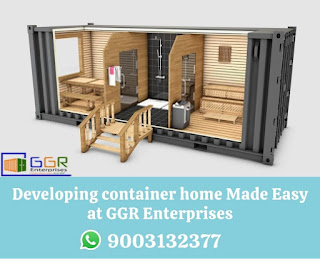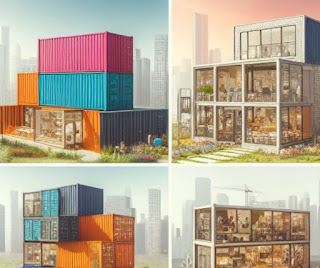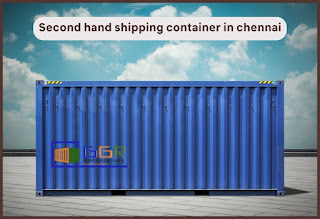Pros and Cons of Living in Shipping Container Homes
In the area of revolutionary housing answers, transport container houses have emerged as a captivating option for those looking for a completely unique and sustainable residing experience. Let's delve into the blessings and disadvantages that come with embracing this exclusive housing fashion.
Unlocking the Potential of Shipping Container Living
1. Sustainability
Transforming transport packing containers into homes aligns with eco-aware living. Repurposing these metallic giants reduces environmental impact and contributes to a greater sustainable life-style.
2. Cost-Efficiency
Embracing the minimalist attraction of field houses regularly comes with a price benefit. Compared to standard construction, the initial investment is normally lower, making it an appealing desire for budget-conscious individuals.
3. Rapid Construction
Container homes boast a faster construction time frame compared to conventional houses. The modular nature of packing containers allows for streamlined meeting, making sure a faster pass-in procedure.
4. Endless Design Possibilities
These homes provide a clean canvas for architectural creativity. With a myriad of layout alternatives, you could personalize your container dwelling to mirror your precise fashion, blending aesthetics with capability.
5. Durability
Constructed to resist the rigors of worldwide delivery, containers are inherently robust. This durability translates to houses that can bear diverse climate conditions and provide a secure residing surroundings.
The Cons: Navigating the Challenges of Container Living
1. Space Limitations
While the compact nature of field houses appeals to a few, others may also locate the confined space restrictive. Thoughtful making plans and progressive garage answers are vital to maximizing the available rectangular photos.
2. Insulation Challenges
Containers are in most cases designed for shipment shipping, missing insulation. Maintaining snug temperatures inside container homes calls for additional insulation efforts, doubtlessly increasing construction prices.
3. Zoning and Regulatory Hurdles
Navigating thru zoning guidelines and constructing codes can be extra tricky with living in container houses. Some areas may additionally have regulations or specific necessities, necessitating thorough studies and compliance.
4. Modification Complexity
Making alterations to a field domestic may also prove extra difficult than traditional homes. Structural modifications may be intricate and can require specialized information, impacting the ease of renovations.
5. Perception and Resale Value
Despite their rising popularity, field homes may also face skepticism inside the actual property marketplace. Potential consumers might be hesitant due to unconventional perceptions, affecting the resale price compared to traditional houses.
Conclution
deciding on to reside in a transport box home entails a careful weighing of the professionals and cons. While these houses offer an eco-friendly and cost-effective alternative, overcoming positive challenges is important for a harmonious container dwelling enjoy. As the trend maintains to adapt, box houses beckon the ones searching for a completely unique mixture of innovation and sustainable dwelling.



Comments
Post a Comment